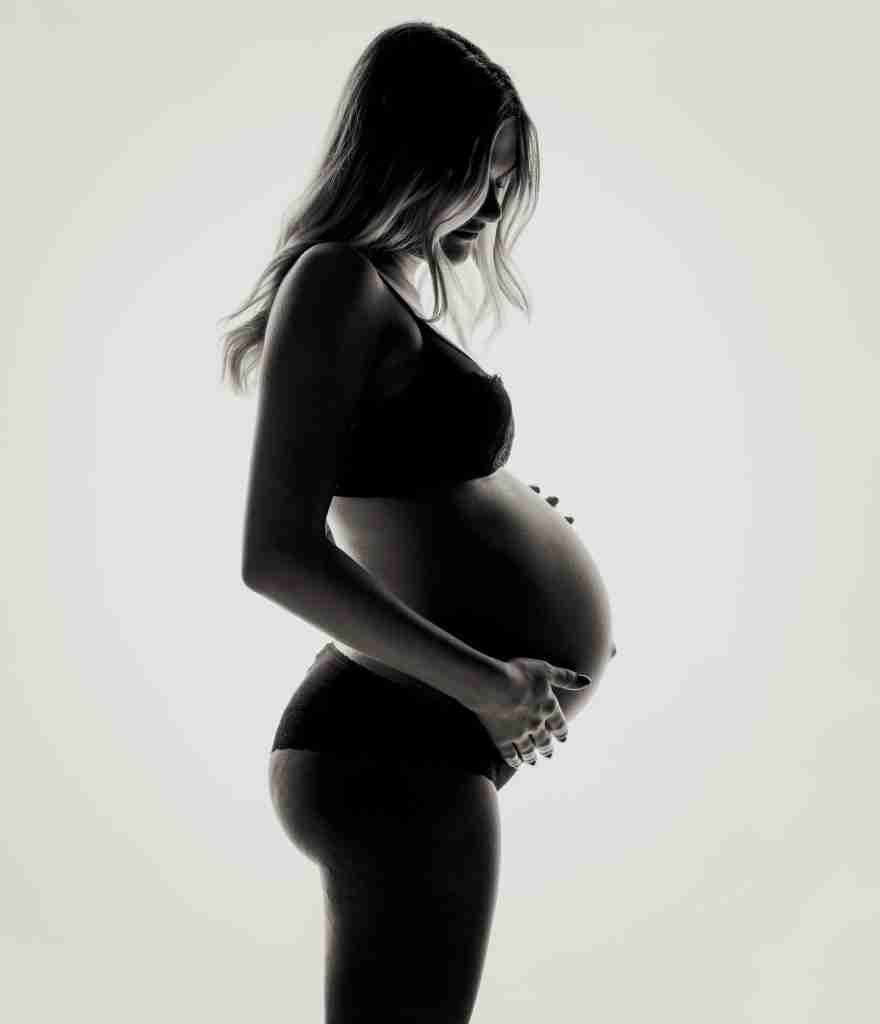Pregnancy and childbirth are among the most significant and beautiful experiences in many women’s lives. However, alongside the joys of motherhood, some challenges can arise, including incontinence. Postpartum incontinence affects many women, and although it is a sensitive topic, it is essential to address it to help women cope and find solutions. In this article, we will discuss the causes, treatment options, and preventive measures for postpartum incontinence.
What is Postpartum Incontinence?
Incontinence refers to the involuntary loss of urine or stool (bladder weakness). After pregnancy, women can experience various forms of incontinence, including:
- Stress Incontinence: This occurs when pressure is exerted on the bladder, such as when sneezing, coughing, or lifting heavy objects. A weakened pelvic floor muscle is often the cause.
- Urge Incontinence: This involves a sudden, intense urge to urinate that cannot be controlled, leading to involuntary urine loss.
- Mixed Incontinence: This combines stress and urge incontinence and is relatively common after pregnancy.
Causes of Postpartum Incontinence
Pregnancy and childbirth can cause various changes in a woman’s body that can lead to incontinence, including:
- Pelvic Floor Stretching: The pelvic floor is heavily strained and stretched during pregnancy, leading to muscle weakening.
- Hormonal Changes: Hormonal changes during and after pregnancy can affect bladder control.
- Birth Injuries: Vaginal delivery can cause pelvic floor injuries that can affect bladder control.
- Weight Gain: The weight gain during pregnancy can put additional pressure on the bladder and weaken the pelvic floor muscles.
Treatment Options for Postpartum Incontinence
It is important to note that shortly after birth, most women experience some degree of bladder weakness. Therefore, it is particularly important to start engaging the pelvic floor early to help the brain relearn how to activate these muscles. Ideally, you should begin to contract the pelvic floor a few days after birth. This can also be done in conjunction with contracting the deep transverse abdominal muscle by drawing in the navel. Of course, it is never too late to address bladder weakness! Even months or years after giving birth, much can be done. It is essential to start by contracting the muscles to reestablish the brain-muscle connection. Once you can firmly contract the pelvic floor and abdominal muscles, you can progress to more advanced exercises.
Fortunately, there are various treatment options to help women manage postpartum incontinence, including:
- Pelvic Floor Training: Targeted training of the pelvic floor muscles can help strengthen the muscles and improve bladder control.
- Physiotherapy: A physiotherapist can recommend specific exercises and techniques to strengthen the pelvic floor and alleviate symptoms.
Preventive Measures
There are also preventive measures women can take to reduce the risk of postpartum incontinence:
- Pelvic Floor Training: Women can begin targeted pelvic floor training during pregnancy to strengthen the muscles.
- Weight Control: Maintaining a healthy weight can reduce pressure on the bladder and support the pelvic floor muscles.
- Proper Posture: Good posture can help minimize pressure on the pelvic floor and improve bladder control.
- Regular Check-Ups: Regular visits to the gynecologist can help detect and treat problems early.
Conclusion
Postpartum incontinence is a common issue that affects many women, but there are various treatment options and preventive measures that can help alleviate symptoms and improve quality of life. It is important to discuss any incontinence issues with a doctor to find the best treatment option. With the right support and treatment, women can learn to manage incontinence and lead active, fulfilling lives.
References:
Vesting S, Gutke A, Fagevik Olsén M, Rembeck G, Larsson MEH. The Impact of Exercising on Pelvic Symptom Severity, Pelvic Floor Muscle Strength, and Diastasis Recti Abdominis After Pregnancy: A Longitudinal Prospective Cohort Study. Phys Ther. 2024 Apr 2;104(4):pzad171.
Ptak M, Ciećwież S, Brodowska A, Starczewski A, Nawrocka-Rutkowska J, Diaz-Mohedo E, Rotter I. The Effect of Pelvic Floor Muscles Exercise on Quality of Life in Women with Stress Urinary Incontinence and Its Relationship with Vaginal Deliveries: A Randomized Trial. Biomed Res Int. 2019 Jan 6;2019:5321864. doi: 10.1155/2019/5321864. PMID: 30723739; PMCID: PMC6339740.
Molina-Torres G, Moreno-Muñoz M, Rebullido TR, Castellote-Caballero Y, Bergamin M, Gobbo S, Hita-Contreras F, Cruz-Diaz D. The effects of an 8-week hypopressive exercise training program on urinary incontinence and pelvic floor muscle activation: A randomized controlled trial. Neurourol Urodyn. 2023 Feb;42(2):500-509. doi: 10.1002/nau.25110. Epub 2022 Dec 8. PMID: 36482844; PMCID: PMC10107869.

Sonja ist Ernährungswissenschaftlerin und promovierte Epidemiologin mit langjähriger Erfahrung in der Gesundheitsforschung. Seit der Geburt ihrer beiden Kinder 2019 und 2023 beschäftigt sie sich intensiv mit dem Thema Rückbildung und der Thematik, wie man wieder einen gesunden und schönen Körper mit stabiler Mitte nach der Schwangerschaft bekommen kann. Sie möchte Euch helfen, nach der Schwangerschaft wieder fit zu werden!

